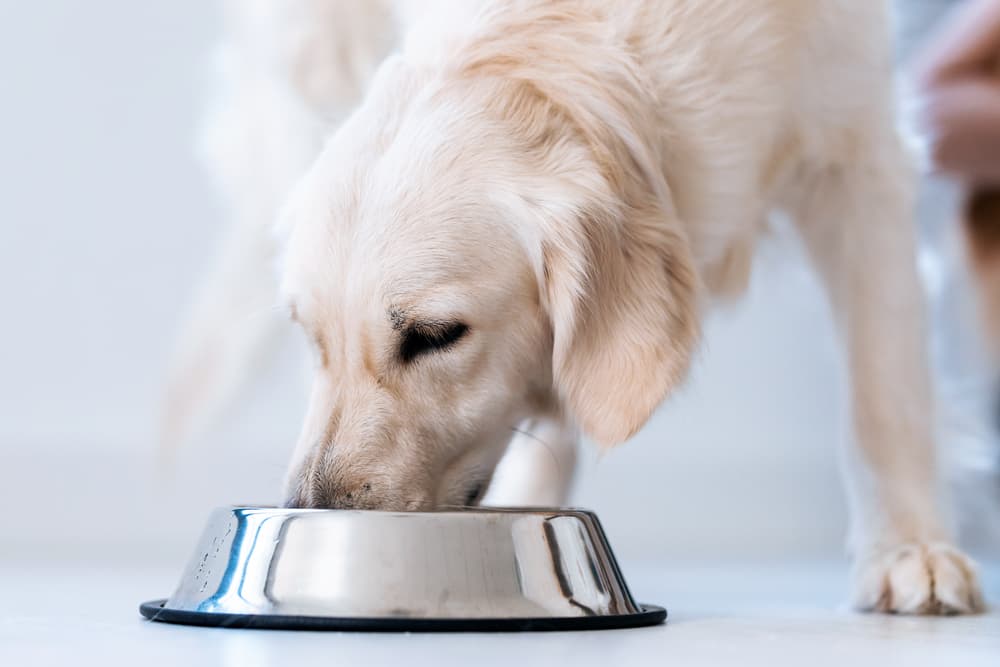As pet owners, we strive to provide our canine companions with the best possible nutrition for their health and well-being. In recent years, the popularity of grain free dog food has surged, with many pet owners making the switch in pursuit of potential health benefits. However, like any dietary choice, the decision to opt for grain free dog food comes with its set of pros and cons. In this comprehensive guide, we will navigate the complex landscape of grain free dog food, exploring the potential advantages, the controversies surrounding this trend, and considerations to keep in mind when choosing the right diet for your furry friend.
Understanding Grain Free Dog Food:
It is formulated without traditional cereal grains such as wheat, corn, and soy. Instead, it often relies on alternative sources of carbohydrates like legumes, peas, potatoes, and lentils. The intention behind this formulation is to cater to dogs that may have grain sensitivities or allergies.
The Pros of Dog Food:
- Potential Allergy Management: One of the primary reasons pet owners opt for grain free dog food is to address potential food allergies or sensitivities. Some dogs may experience digestive issues, skin problems, or other allergic reactions to certain grains, and switching to a grain-free diet may alleviate these symptoms.
- Weight Management: Grain free dog food is often marketed as a weight management solution. By substituting grains with protein-rich ingredients, it can contribute to a higher protein content in the diet, promoting a feeling of satiety and potentially aiding in weight management for dogs prone to obesity.
- Improved Coat Condition: Supporters of grain-free diets claim that these formulations can contribute to healthier skin and coat conditions in dogs. The inclusion of high-quality proteins and fats may enhance the shine and texture of the coat.
- Potential Regulation of Blood Sugar: Some proponents of grain-free diets argue that these formulations may help regulate blood sugar levels in dogs. By reducing the carbohydrate content, it is believed to prevent spikes and crashes in blood sugar, potentially benefiting dogs with diabetes or insulin sensitivity.
The Cons of Dog Food:
- Link to Canine Dilated Cardiomyopathy (DCM): Perhaps the most significant controversy surrounding grain-free diets is the potential link to Dilated Cardiomyopathy (DCM) in dogs. DCM is a serious heart condition that has been reported in dogs that were fed certain grain-free formulations. While the exact cause is still under investigation, it has raised concerns about the nutritional adequacy of these diets.
- Nutrient Imbalance: Grain-free formulations may lack certain nutrients that are typically found in grains. Without careful formulation, there is a risk of nutrient imbalance, potentially leading to deficiencies in essential vitamins and minerals.
- Inclusion of Legumes and Potatoes: Many grain free dog food substitute grains with legumes (such as peas and lentils) and potatoes as carbohydrate sources. There is ongoing debate about the potential adverse effects of high levels of legumes and potatoes, including concerns about their impact on heart health and the risk of nutritional deficiencies.
- Limited Research on Long-Term Effects: While the popularity of grain free dog food has grown, there is still limited long-term research on its effects. This lack of comprehensive data makes it challenging to draw definitive conclusions about the sustained benefits or risks associated with these diets.
Choosing the Right Grain Free Dog Food:
- Consult with a Veterinarian: Before making any significant changes to your dog’s diet, consult with your veterinarian. They can provide insights into your dog’s specific nutritional needs, potential allergies, and any pre-existing health conditions that may influence dietary choices.
- Read Ingredient Labels: Read ingredient labels carefully to understand the composition of the food. Look for formulations that prioritize high-quality protein sources, essential fats, and a well-balanced nutrient profile.
- Consider Your Dog’s Individual Needs: Consider factors such as age, breed, size, activity level, and any existing health issues when choosing the right grain free dog food for your pet.
- Monitor for Signs of Allergies or Sensitivities: While grain-free diets aim to address allergies, it’s essential to monitor your dog for any signs of adverse reactions. If you notice digestive issues, skin problems, or changes in behavior, consult with your veterinarian to determine the cause.
- Rotate Protein Sources: To mitigate the risk of potential nutrient imbalances, consider rotating protein sources within the grain-free diet. This can help ensure that your dog receives a variety of essential nutrients.
Conclusion:
The decision to feed your dog a grain-free diet is a complex one, and it requires careful consideration of both the potential benefits and risks. While some dogs may thrive on a grain-free diet, others may not, and individual responses can vary widely. It’s crucial to approach the choice of dog food with an understanding of your pet’s unique needs, consulting with a veterinarian for personalized guidance.
As the debate over grain-free diets continues, pet owners must stay informed about emerging research and be attentive to their dog’s health and well-being. While there are potential advantages to grain free dog food, the controversy surrounding DCM emphasizes the need for a cautious and informed approach to dietary choices. Ultimately, the goal is to provide your canine companion with a balanced, nutritious diet that supports their overall health and longevity.




